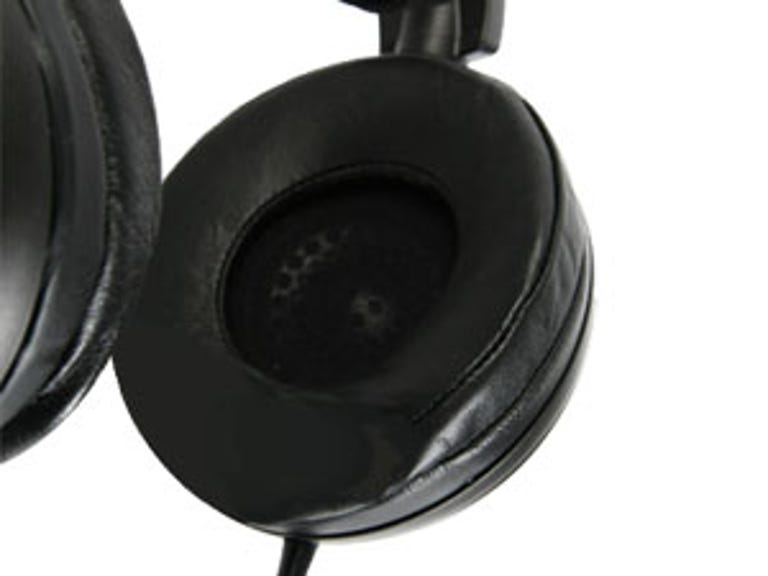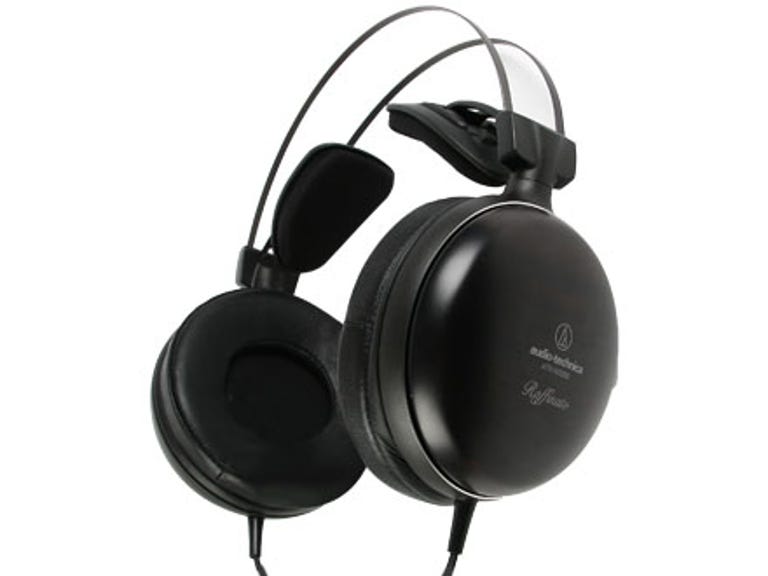 Why You Can Trust CNET
Why You Can Trust CNET Audio Technica ATH-W5000 headphones review: Audio Technica ATH-W5000 headphones
From dance to metal, folk to pop, rock to Balinese gamelan, these cans shine with their relentless detail, wide soundstage and clarity. What they lack in low-end presence they make up for in brightness and high-end clarity.
If you're looking for cheap headphones to use on the go, this review won't help you. Audio Technica's AU$1,449 ATH-W5000s are extremely high-end, closed-back, reference-grade headphones for the truly discerning audiophile.
The Good
The Bad
The Bottom Line
Although it's not unusual to see reference-grade headphones push thousands of dollars advantages between these models can become slightly subjective in some ways, and what's an advantage to one person may be a disadvantage to another. After a 100-hour burn-in and over a week of near solid listening, what does AU$1,449 get you from Audio Technica?
Design
You get wooden enclosures, for one thing. The W5000s are encased in a smooth ebony, providing a more natural listening environment over cheaper materials. These enclosures are mounted on sturdy brackets, connected with a flexible and lightweight metal headband. On the insides of each can sit extremely soft ear cups, above which are two padded supports that bend and flex to support the headphones on the top of your head.

This provides a pretty decent level of comfort, though we wouldn't describe them as 'snug' — they only apply a minor amount of pressure to the sides and top of the head, and we felt the solid, padded headband of Denon's AH-D5000 was more sturdy and a little more comfortable, something other members of the team agreed with unanimously.
Features
The medium-weight W5000s boast a frequency response of 5Hz-45kHz, 3m oxygen-free copper cabling with a gold-plated 6.3mm plug, impedance of 40 ohms and are sensitive to 102dB — on paper, not the loudest or most sensitive reference-grade headphone we've heard, but we'll come to that shortly — but they will handle power up to 2,000mW at 1kHz.
Each 53mm diaphragm is backed by a neodymium magnet, and Audio Technica has incorporated what it calls 'Double Air Damping System' — a feature supposed to provide deep, natural bass reproduction.
Performance
Unusual then is the W5000's delicate bass presence; the subtle bass was the first thing we noticed. What's present is a tight low-end that doesn't interfere with the mid-range, giving the mids a cleaner, less heavy voice. Kick drums will pound into your skull with the power of a Chuck Norris upper cut to the jaw. This is in stark contrast with Denon's AH-D5000s that produce an beautiful, ultra-deep bass that'll shake eyes from their sockets.
In addition, the W5000s deliver a bright treble with detail so fine you could probably hear a spider walking if it was recorded well enough. The spread of mid-range frequencies are punchy, clear and incredibly crispness. The clarity of the high-end also gives music excellent transparency, and instruments are easily separable from each other.
This convinces us at the W5000s are stellar reference cans that leave no usually-inaudible subtlety to the imagination, with a sense of openness to rival (but not conquer) Sennheiser's HD 650s. A good example of this was heard with the minimalistic masterpiece that is Untitled 3 from Sigur Ros' ( ) album. Towards the end of the track the atmosphere present in the recording studio as the band played was eerily audible.
Notable too were the backup vocals heard through the far-left and far-right channels of Jenny Owen Youngs' track Porchrail, which were so well separated they appeared to be originating from a source several inches away from each ear — a superb achievement for a closed-back headphone, and one that gives additional life to live music recordings, if that's your poison.
But yes, sub-bass — the ultra low-end frequencies — are much less noticeable through these cans. When listening to Pendulum's In Silico opener Showdown, the bass that can be 'felt' in your head through headphones with stronger low-end presence, was heard, not felt through these — great for reference, but less suitable if you're an avid drum 'n' bass afficionado.
Conclusion
From dance to metal, folk to pop, rock to Balinese gamelan, these cans shine with their relentless detail, wide soundstage and clarity. What they lack in low-end presence they make up for in brightness and high-end clarity.
These are a superb choice as reference 'phones for mixing, but if you crave that rumbling low-end there are others that you'd prefer, namely Denon's AH-D5000, that offer a warmer, deeper overall sound.
